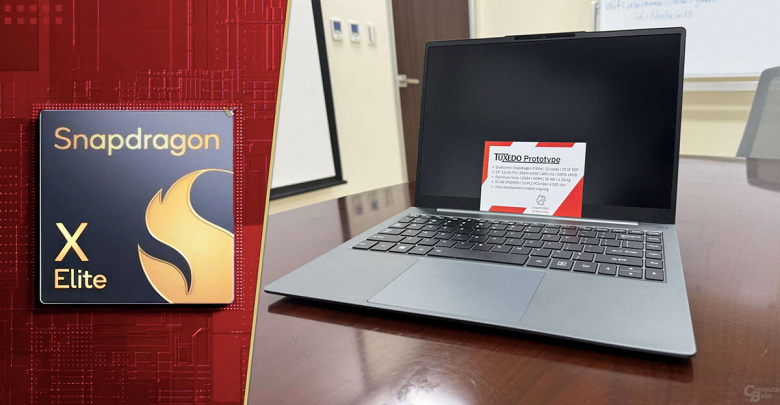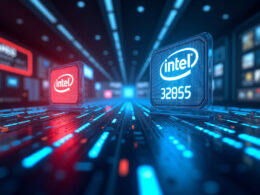The Snapdragon X Elite has not captured significant popularity in Windows-PCs, and it’s now apparent that it doesn’t particularly fit well with Linux either. This revelation comes from Tuxedo, a company that had been working on a laptop using this platform and Linux for 18 months. Unfortunately, the project was ultimately abandoned.

Over the last year and a half, we worked on a laptop based on the ARM processor Qualcomm Snapdragon X1 Elite. We are now pausing the project for a variety of reasons. The development process turned out to be challenging due to architectural differences, and ultimately, the first-generation X1E was less suitable for Linux than expected.
A particular disappointment was the failure to achieve long battery life on Linux – typically a strong selling point for ARM devices. Currently, there is also no viable approach for updating the BIOS from Linux, nor is there control over the fans. Virtualization with KVM is not an option in our model, nor is high-speed data transfer via USB4. Hardware video decoding is technically possible, but lacks the necessary support in most applications. Under these circumstances, it’s not worthwhile to continue development for several more months, given the uncertainty about all expected features eventually becoming available.
Furthermore, we would be offering a device featuring a Snapdragon X Elite processor that’s already over two years old, while its successor, the Snapdragon X2 Elite, was officially unveiled in September 2025 and is anticipated to hit the market in the first half of 2026. We will continue to monitor developments and assess the X2E for its compatibility with Linux at an appropriate time. If it meets expectations and we can reuse a significant portion of our work on X1E, we may restart development. However, how much of our developments can be transferred to the X2E can only be assessed after a detailed evaluation of the chip.
Thus, as we see, there was not just one problem. It is particularly important to note insufficient battery autonomy, and in this case, the relatively low performance of the Qualcomm platform would not compensate. It remains unclear what exactly are the causes of all the issues stated by the company.
Looking Forward: Snapdragon X2 Elite Expectations
With the introduction of the Snapdragon X2 Elite, hopes are high that it could address many of its predecessor’s challenges. Snapdragon X1 Elite faced criticism primarily for its struggles with Linux compatibility, but Qualcomm has indicated advancements in energy efficiency and processing capabilities with the X2 Elite. This promises a potentially more harmonious integration with operating systems like Linux.
“Snapdragon X2 Elite is designed with improved architecture that aims to provide enhanced performance and better energy management, addressing the feedback from developers and users of X1 Elite,” a Qualcomm representative noted.
As smartphone companies continue to integrate ARM processors extensively, the competitive landscape between ARM and traditional x86 processors from Intel and AMD intensifies, especially in terms of energy efficiency and multi-platform support.
While ARM processors are generally praised for their excellent power efficiency, enabling longer battery life, this potential has yet to be fully realized in Linux-based systems. By contrast, x86 processors have long held the advantage with their robust ecosystems and standardized support.
Tuxedo and other tech firms remain cautiously optimistic. Future Linux integration might see improved BIOS support and a comprehensive architecture syncing with ARM’s offerings. With Snapdragon X2 Elite on the horizon, the industry and consumers alike are hopeful for genuine advancements that align ambitious designs with practical, real-world applications.









